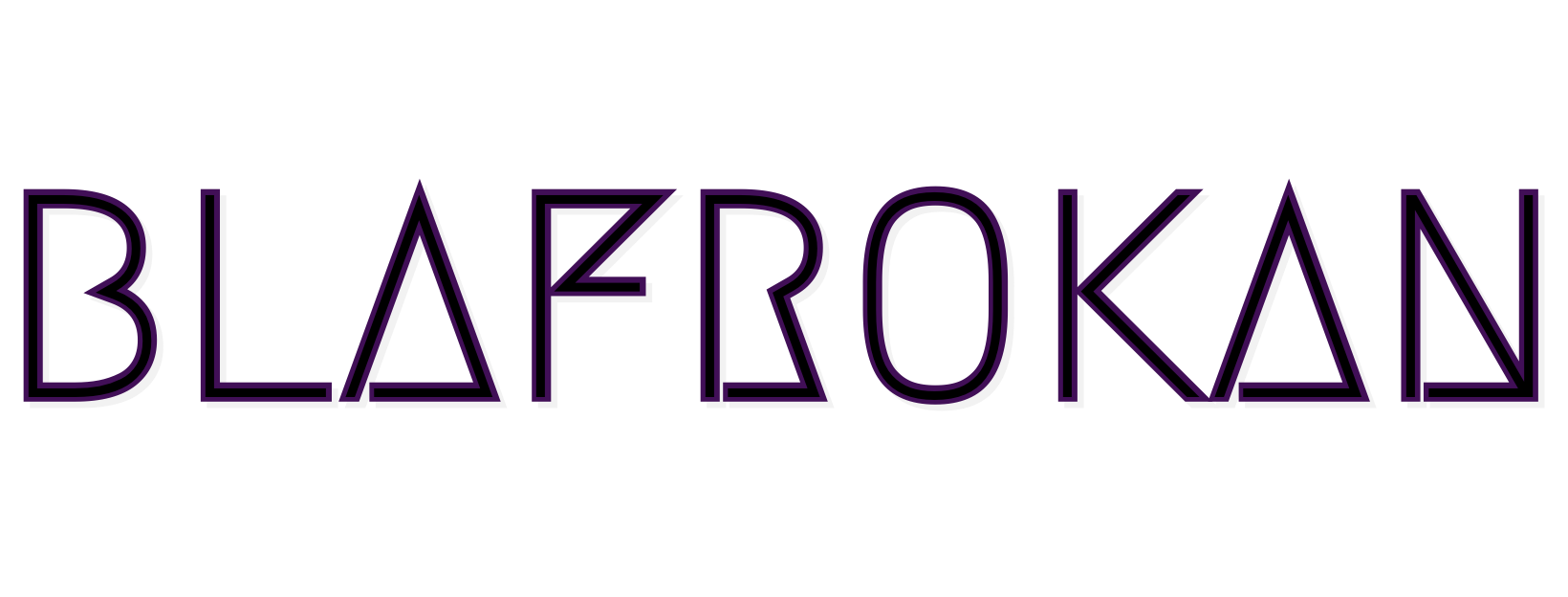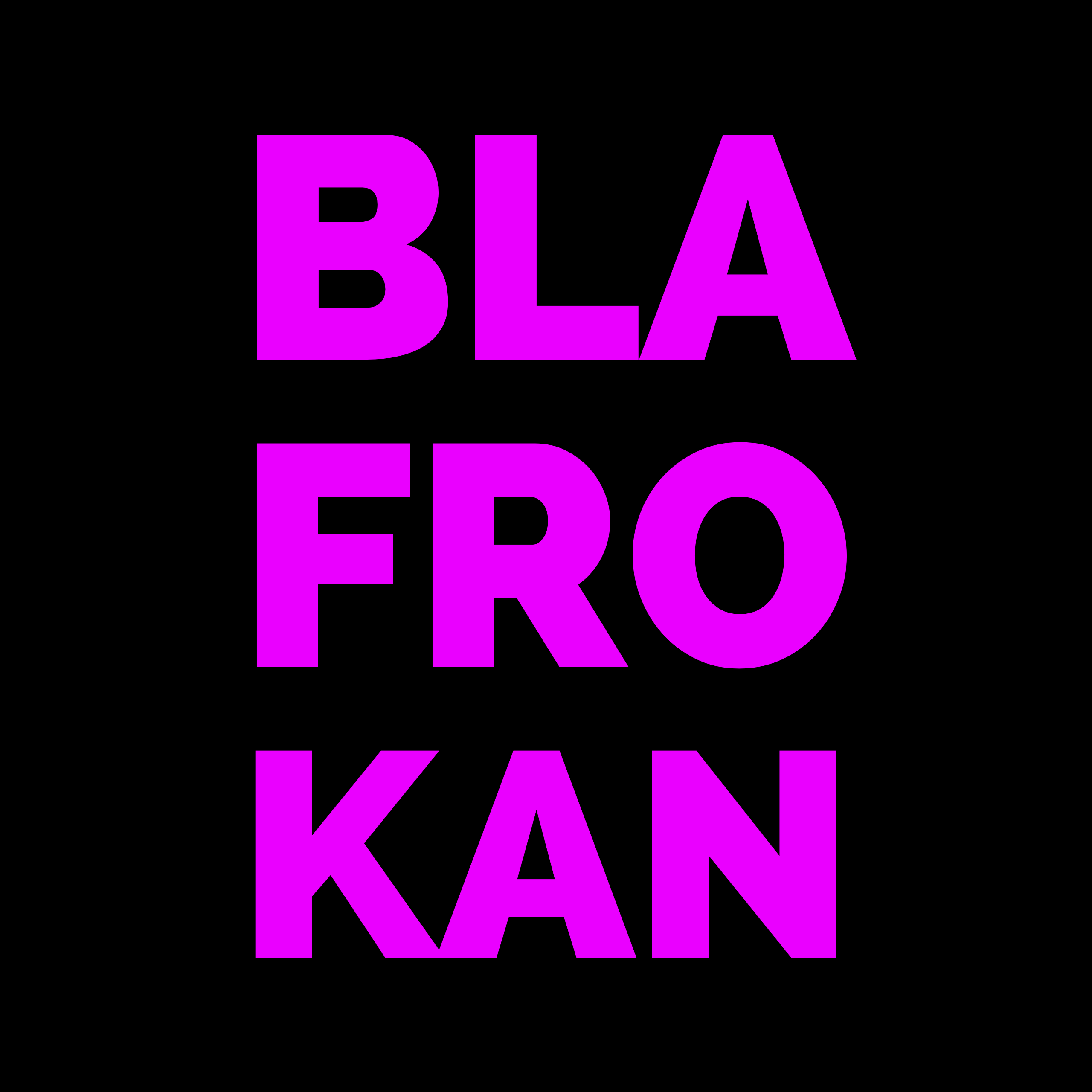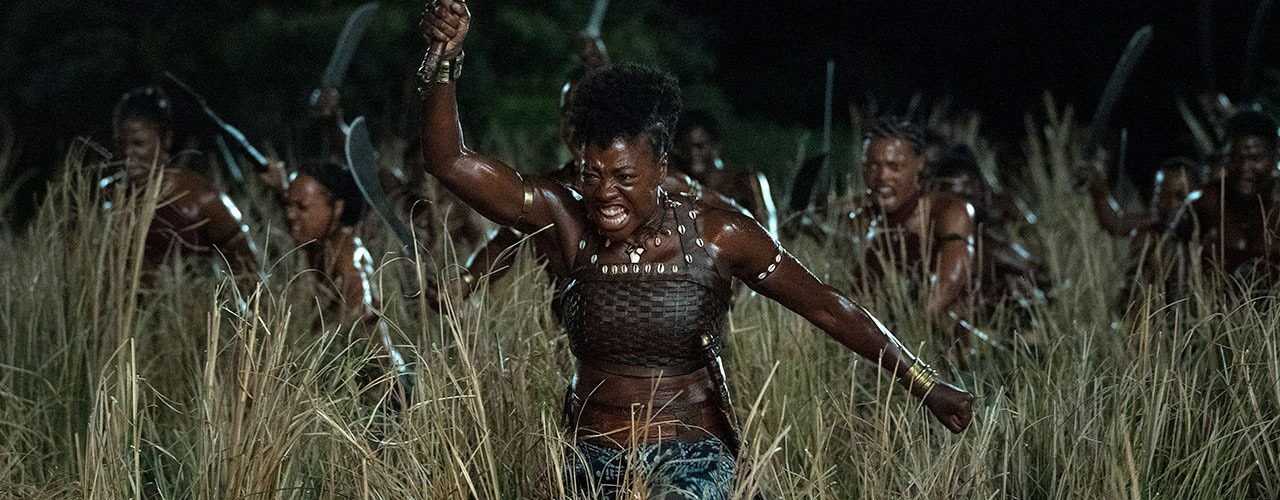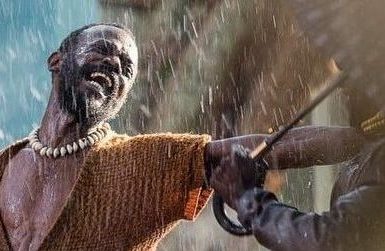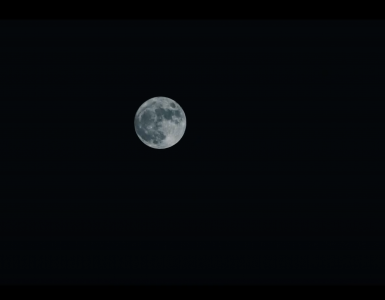1. “West Africa” – the very first words in the film -places the story in it’s true historical context. Africa is not all the same. West Africa by itself is the size of the United States and nearly equal in population (300 million people).
2. African architecture, with its long earthen clay walls were common in West Africa. Some cities in Nigeria, Benin, and Chad, for example, had walls that were many miles long.
3. Dahomeyan art, pictured on the walls and throughout the movie, were beautifully consistent with images found in books written in the 1800s. The elegant jewelry and African hairstyles as well, are also depicted in records.
4. The Woman King shows an African “clothing industry”, not just clothes. Some scenes represented cloth being dyed by indigo specialists. Nearly all the Dahomeyans wore “country cloth” indigenous to West Africa.
5. High level Metallurgy has been a feature of West African societies for 1,000 years. The film depicted creative metal working and how to sharpen African blades.
6. At last, a Hollywood film representing the scope of agriculture in any part of Africa. The Woman King breaks ground here. We saw a hundred neat rows of palmnut trees. There were thousands more described in West African records.
7. Palm oil was a million-dollar business driven by Black farmers in 1800s. Huge profits from the Atlantic Slave Trade and unpaid labor capitalized rapid industrialization in the West; but the new big machines overheated quickly. Palm oil became their best lubricant. Scenes within the film actually show how palm kernels were harvested, prepared, and processed for their oil.
8. The use of the horse in West and other parts of continent was one of the best kept secrets of African history when I wrote The 100,000 Horsemen of West Africa back in 1992. The film portrayed healthy horses and horsemen, but only in small numbers. They also mentioned the tse-tse fly, a disease carrier that made large scale breeding difficult in the forest belt.
9. The film depicts that Africans both carried out, fought against, or changed sides on the issue of slave trading.
10. And finally, the authentic story of the Dahomeyan Warrior women is well developed. They were also called Dahomeyan Amazons. Their depictions were by and large true, but their troops, especially after the 1870s, numbered in the thousands. Imagine 4,000 of the bad sisters.
I really appreciated the effort to make this movie accurate. I look forward to when more carefully crafted films about West African history emerge. I want to see Sundiata, Samori Toure, Mansa Musa, Ahmad Baba, Nana Olomu, Yaa Asantewa, Osagyefo Kwame Nkrumah, Sekou Toure, Modern Africa and more on the big screen.

Let’s take a deeper dive into The Woman King:
Upcoming Event: 10 Things ‘The Woman King’ Gets Right with Dr. Daud Watts
October 10th 2022
Historian Dr. Daud Watts will take you on a deep, illustrated dive into 10 things the new, powerful film, The Woman King, gets right.
- West Africa’s larger history, of which Dahomey played a role.
- Dahomey’s architecture, art, and metal working
- West African Agriculture and Trade
- Palm Oil
- The Horse in West Africa
- A different view of the Atlantic Slave Trade
- The Women Warriors of Dahomey
The reason the movie touches so many, so deeply, is that it stays grounded in the Truth about this African region far more than most Hollywood productions.
We will also allot time for Q & A
Note: If you are not able to make it tonight, you can still purchase a ticket and receive, with the live attendees, an exclusive recording of The Talk. Act now…and thanks for your support.
